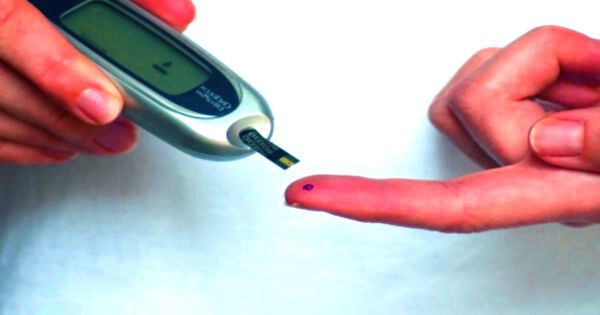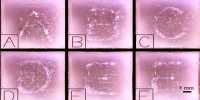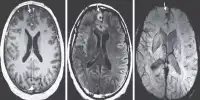Researchers Develop Computer Vision App for Easier Blood Sugar Monitoring
University of Cambridge engineers has developed a computer vision technology into a free mobile phone app for regular monitoring of glucose levels in people with diabetes. The technology, which doesn’t require an internet or Bluetooth connection, works for any type of glucose meter, in any orientation, and in a variety of light levels.
The app uses computer vision techniques to read and record the glucose levels, time, and date displayed on a typical glucose test via the camera on a mobile phone. It also reduces waste by eliminating the need to replace high-quality non-Bluetooth meters, making it a cost-effective solution to the National Health Service (NHS). The technology, which doesn’t require an internet or Bluetooth connection, works for any type of glucose meter, in any orientation, and in a variety of light levels. It also reduces waste by eliminating the need to replace high-quality non-Bluetooth meters, making it a cost-effective solution to the NHS.
The app uses computer vision techniques to read and record the glucose levels, time, and date displayed on a typical glucose test via the camera on a mobile phone.
Working with UK glucose testing company GlucoRx, the Cambridge researchers have developed the technology into a free mobile phone app, called GlucoRx Vision, which is now available on the Apple App Store and Google Play Store. To use the app, users simply take a picture of their glucose meter and the results are automatically read and recorded, allowing much easier monitoring of blood glucose levels.
In addition to the glucose meters which people with diabetes use on a daily basis, many other types of digital meters are used in the medical and industrial sectors. However, many of these meters still do not have wireless connectivity, so connecting them to phone tracking apps often requires manual input.
In addition to his interest in solving the challenge from an engineering point of view, Charles also had a personal interest in the problem. He has type 1 diabetes and needs to take as many as ten glucose readings per day. Each reading is then manually entered into a tracking app to help determine how much insulin he needs to regulate his blood glucose levels.
“From a purely selfish point of view, this was something I really wanted to develop,” he said.
The computer vision technology behind the GlucoRx app is made up of two steps. First, the screen of the glucose meter is detected. The researchers used a single training image and augmented it with random backgrounds, particularly backgrounds with people. This helps ensure the system is robust when the user’s face is reflected on the phone’s screen.
Second, a neural network called LeDigit detects each digit on the screen and reads it. The network is trained with computer-generated synthetic data, avoiding the need for labor-intensive labeling of data which is commonly needed to train a neural network.
“We have been working in partnership with Cambridge University on this unique solution, which will help change the management of diabetes for years to come,” said Chris Chapman, Chief Operating Officer of GlucoRx. “We will soon make this solution available to all of our more than 250,000 patients.”
In addition to a blood glucose monitor, the researchers also tested their system on different types of digital meters, such as blood pressure monitors, kitchen and bathroom scales.
















